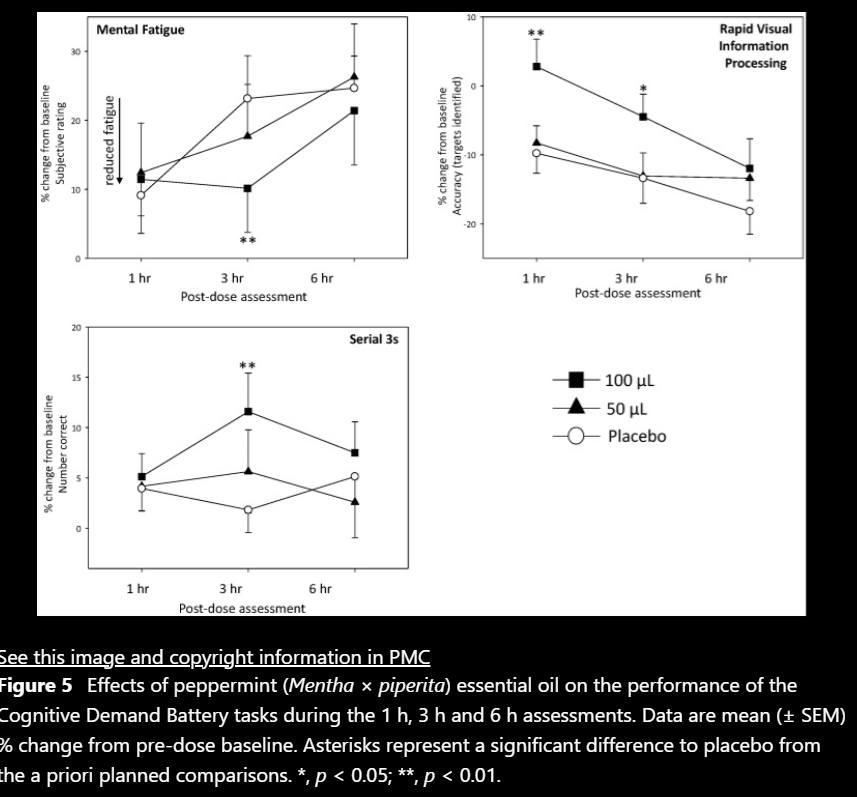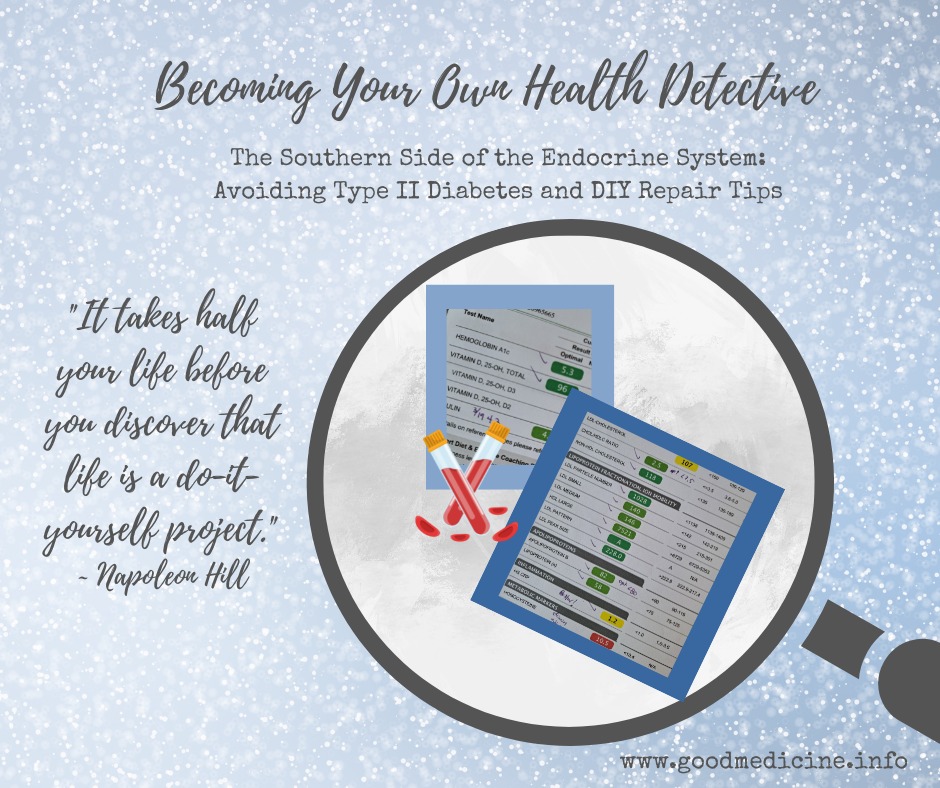
When Charlie (my husband) comes home from work, he frequently says, “What did you and your co-workers discuss today?”
The transition from being a corporate pharmacist employee to becoming my own boss and entrepreneur in late 2020 was quite the transition. I’m sure many of you can relate. Going from employee to self-employed requires an enormous mind shift, and that’s typically not something that either happens overnight or comes naturally after being conditioned to be an employee for 40-something years (I started my first tax-paying job when I was 14 ).
).
My farm family truly are also my co-workers. They keep me sane. This is Daisy. She’s a Great Pyrenees Border Collie cross. She had a few homes that didn’t work out before she came to live with us permanently several years ago. An LGD/BC cross, although beautiful, can be a hard mental life for a dog. There are two mindsets potentially in conflict:
“Do I herd, or do I protect?” That genetic urge to be both can result in stress for the dog (and often for an owner too. Hence, the multiple homes before she came here.)
She’s actually really good at both of those jobs, and we’ve been able to find ways to help her “find herself”, and also use her gifts accordingly.
She’s as devoted as they come, and I have no doubt she would come to my rescue if ever needed her(much like some of the other dogs in our pack).
So Daisy’s job here on the farm: She’s head of security. 
She and the others are also my stress relievers. Studies have shown repeatedly that dogs (and other animals) improve mood, reduce blood pressure, lower levels of cortisol which decreases stress on the body, and boost levels of oxytocin (a hormone that is associated with love and trust). Gimme a farm full of animals any day over a handful of medication to accomplish all that goodness!
PS: Daisy’s favorite oil: Peace and Calming 

 .
.
Here’s a link to a recent study on the effects dogs can have on our emotional health: https://journals.plos.org/plosone/article?id=10.1371/journal.pone.0298384
Do you have a “co-worker” at home? What’s their job title? Drop a pic! 
(photo credit: Zoe Martin photography)





